Tag: Agricultural Transformation, Food Systems & Nutrition Transition
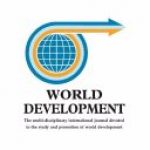
Making Meat and Milk from Plants: A Review of Plant-Based Food for Human and Planetary Health
Abstract Interest in alternative protein sources to substitute for animal source protein-rich foods has emerged alongside calls for sustainable food systems to meet protein demands as the global population grows towards a projected 9.8 billion people by 2050. Food companies are capitalizing on sustainable diet...
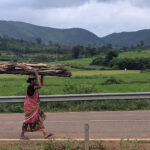
Are Forests Still Relevant for the Nutrition Security of Traditional Forest Dwellers? Insights from One Year of Fieldwork in Kalahandi, Odisha
Forests have garnered a lot of attention in international policy discussions in recent years because of their role in addressing the rising challenges of biodiversity loss and climate change. Less discussed is the importance of forests for the sustainability of…

The Battle for Space: Human vs Animal
“They [wild animals] want the best and the most expensive tea leaves,” remarked a tea estate staffer during my visit to an estate in The Nilgiris, Tamil Nadu. While the purpose of my visit was to primarily understand the adoption…
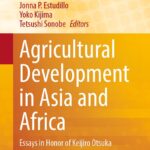
Are the Lessons from the Green Revolution Relevant for Agricultural Growth and Food Security in the Twenty-First Century?
Abstract The Green Revolution had profound positive impacts on human welfare and economic development across the developing world. However, its global reach was limited by agroclimatic, infrastructural, social, and political constraints. Regional disparities in poverty reduction, intra-societal inequities, and gender differences in the distribution of...

Environmental and Health Effects Add Billions in Hidden Costs to India’s Public Distribution System
Through the Public Distribution System (PDS), the Indian government ensures the food security of its most impoverished citizens. However, new research from the Tata-Cornell Institute for Agriculture and Nutrition (TCI) reveals that the production of food grain for the PDS…
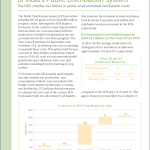
Revealing the Hidden Production Costs of India’s Public Distribution System
This policy brief presents preliminary estimates of the environmental and health-related costs associated with the production of food grain for India’s Public Distribution System (PDS), a program that provides subsidized food to more than 800 million Indians. This new analysis provides government policymakers, advocates, and...
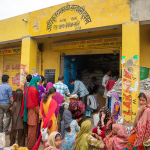
New Project Will Reveal True Cost of India’s Food Subsidies
Each year, India spends tens of billions of dollars on the Public Distribution System (PDS), a food subsidy program that helps to ensure the food security of more than 800 million people. The largest such program in the world, the…

What’s Driving Crop Diversification? Talking to Farmers in Bihar
After arriving in Sadaivigha village in Lakhisarai, Bihar, on a hot day in June, Anurag and I followed a field technician, Abhay, to the farmhouse where we would conduct our first focus group discussion of the day. It was my…
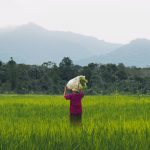
Asia’s Food Systems Transformation: How It Happened and What Comes Next
Not so long ago, famines were a recurrent feature in Asia, with many dying from chronic hunger and poverty. The continent’s swing from deficiency to self-sufficiency in food did not happen unaided; it was thanks to policy and technology interventions.…
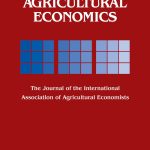
Food Systems Transformation in Asia – A Brief Economic History
Abstract Asia’s food systems have undergone rapid economic and socio-cultural transformations in the past 60 years. During the period, almost all the countries in the region eradicated famines and achieved food self-sufficiency and heterogeneous levels of poverty reduction. Food system transformation in Asian countries has...

